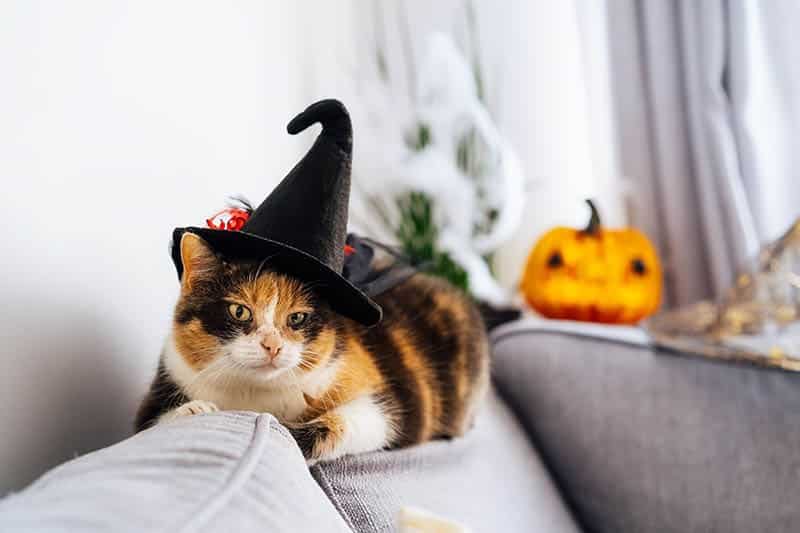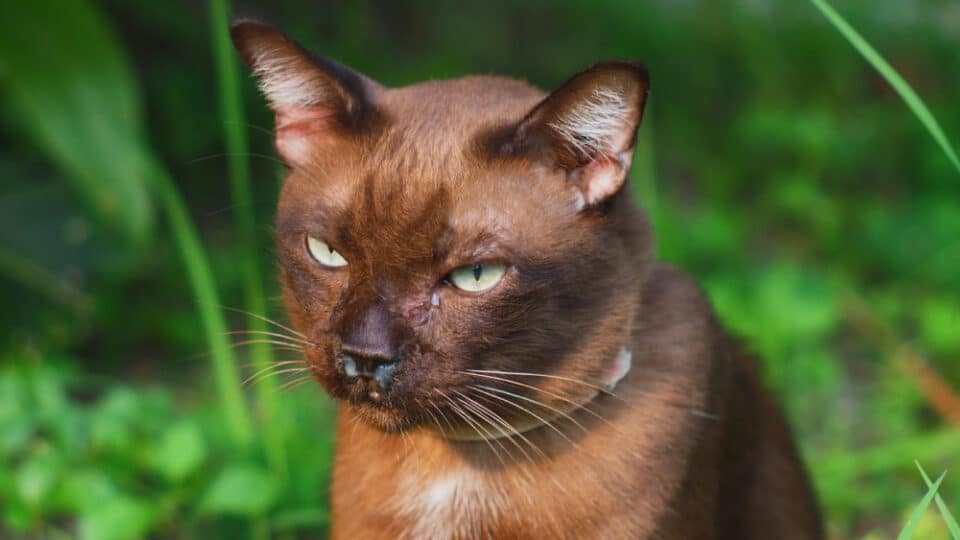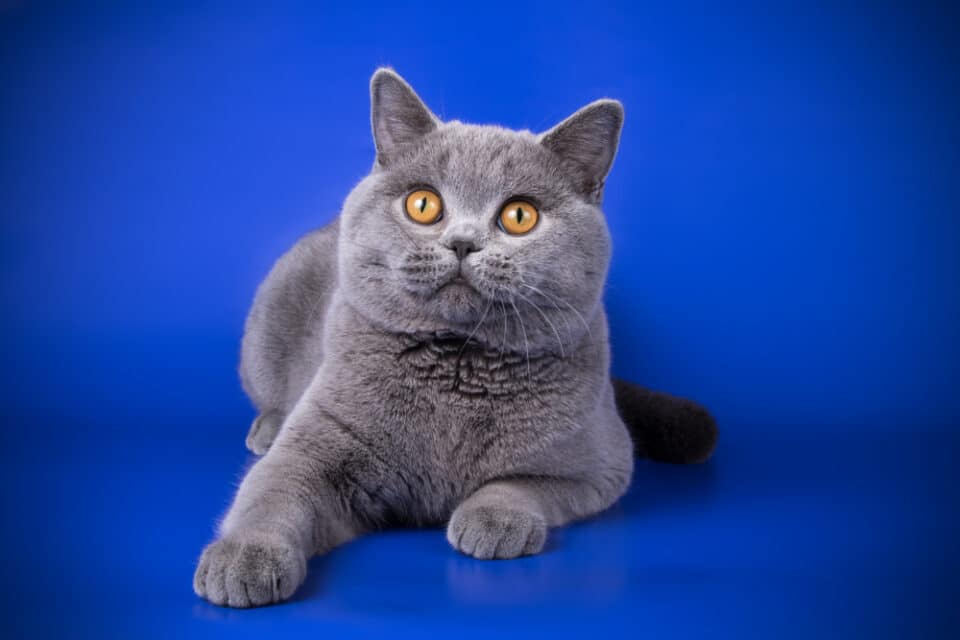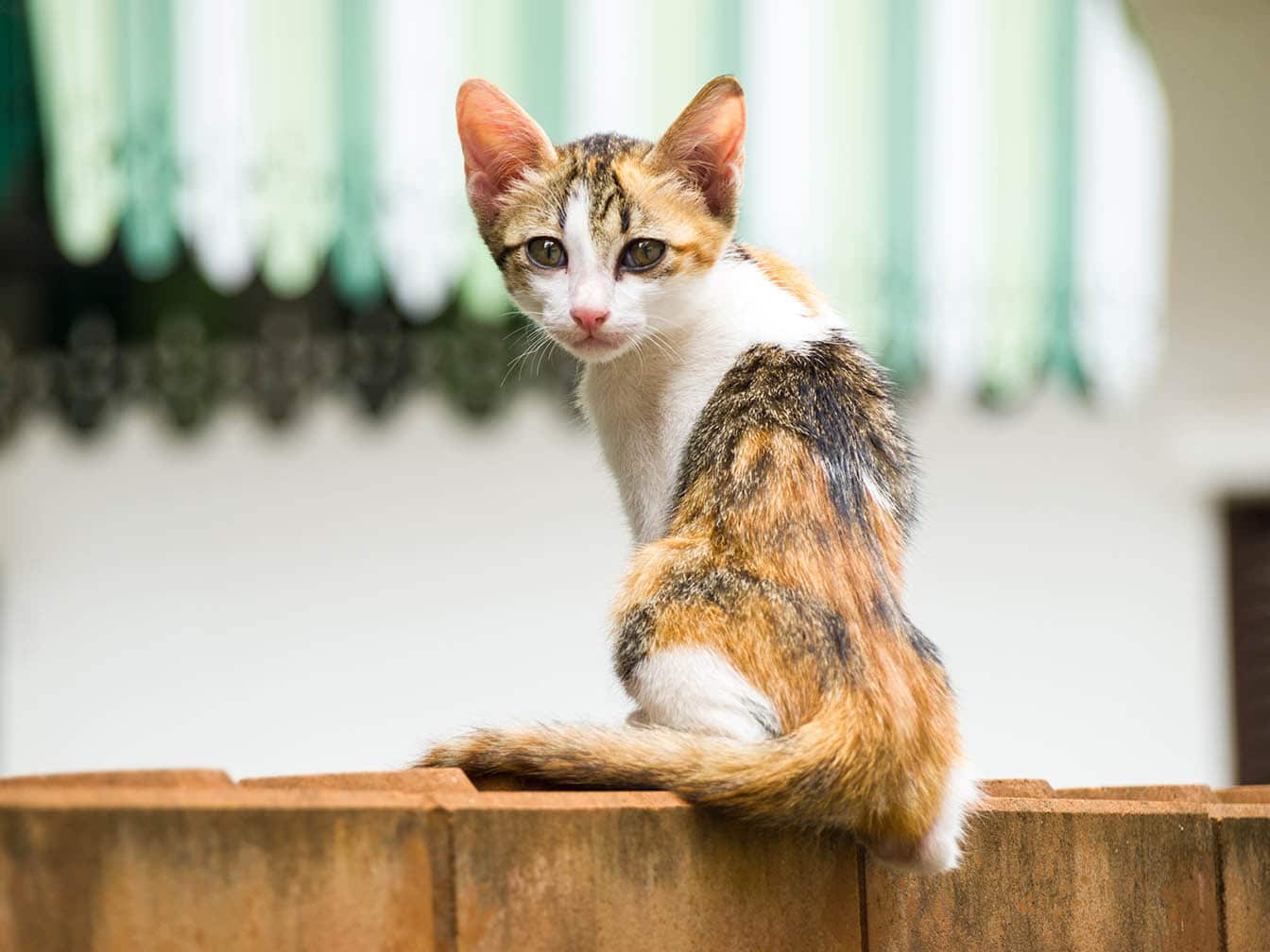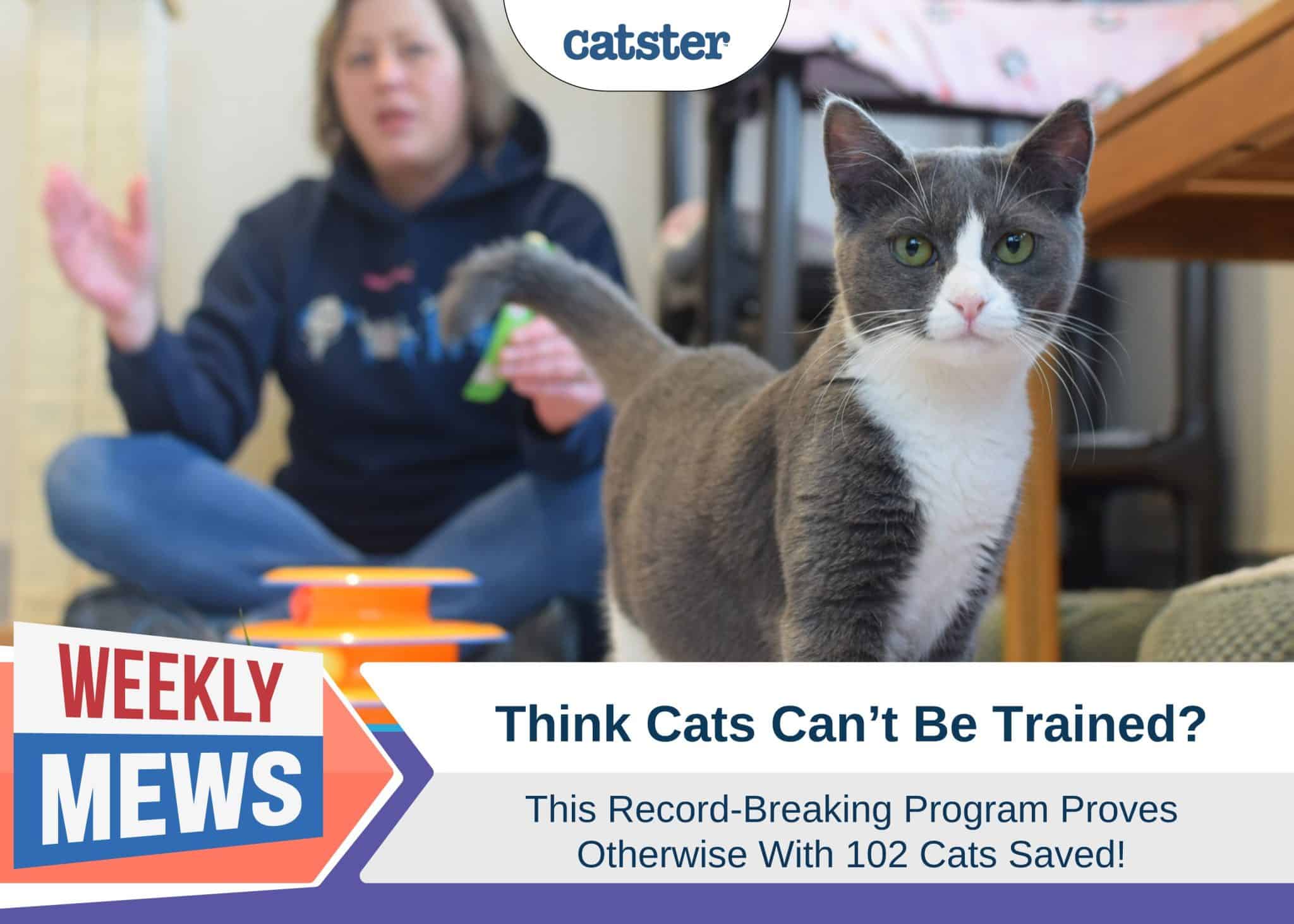Cats have always been more than just pets or vermin in Celtic culture. Unravel the mysterious tales and legends that portray cats as both mystical beings and feared entities in the eyes of the Celts.
Celtic culture, thriving in Europe around the first century BC, showcased a fascinating mix of spirituality and superstition. Here, cats were revered and feared in equal measure. The Celts saw these creatures as beings of great power, worthy of both worship and caution. They were at once mythical, feared, and yet, central to many rituals. Cats seemed to be both a blessing and a curse to Celtic society.
A prime example of this dichotomy is the myth of the Cat Sith. This wasn’t your everyday feline—it was a fairy being tied to the Otherworld, similar to the Greek Underworld. These mysterious, black creatures roamed the Scottish highlands, leaving behind tales of mischief and sometimes blessing. On Samhain, a night pivotal in marking the transition from harvest to winter, Celts would leave a saucer of milk for the Cat Sith outside their homes. If a cat were kind enough to drink, blessings would follow. Ignore this tradition, though, and risk a curse!
Maintaining a safe distance from the Cat Sith wasn’t only about milk offerings. The Celts believed that these mystical creatures would snatch the souls of the dead if given the chance. Hence, those preparing bodies for burial took no chances. Games and catnip were used to distract these feline spirits—an earnest bid to protect the departed. Even lighting a fire was taboo, as it could attract unwanted attention from the feline spirits.
Cats also served as a window into the world of witchcraft. Some Celts believed in the magical theory that witches could transform into cats. And, interestingly, this transformation could only happen eight times before it became permanent. This peculiar belief might have sown the seeds for the notion of cats having nine lives. Meanwhile, divination rituals like Taghairm, though brutal, further highlighted cats’ critical role in tapping into the spiritual realm—albeit at a high cost for the poor creatures involved.
The perception of cats was not always grim. In some Welsh Celtic tales, black cats were viewed as good omens. Their arrival signified prosperity and health. This was a stark contrast to the later Christian influence that branded black cats as devilish.
However strange the Celts’ views on cats might seem today, these felines unquestionably occupied a special place in their society. Whether revered as lucky omens, feared as soul-stealers, or summoned for divination, the role of cats in Celtic culture is far from ordinary.
Through myths, legends, and traditions, cats navigated the complex tapestry of Celtic life, embodying both revered symbols and feared apparitions. While some tales might make you raise an eyebrow or shudder, they serve as a testament to the cats’ unique position in history. These stories remind us of the enduring mystique and charm that surround our feline companions.
